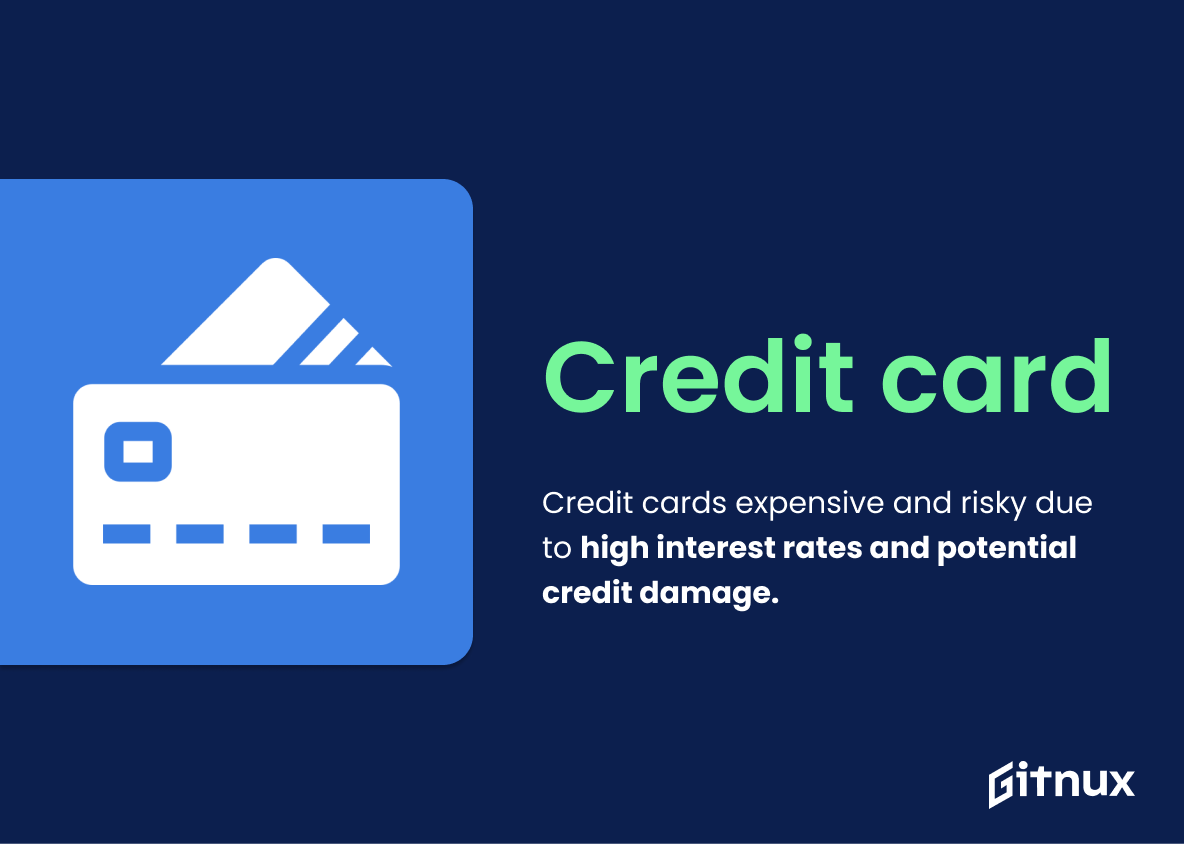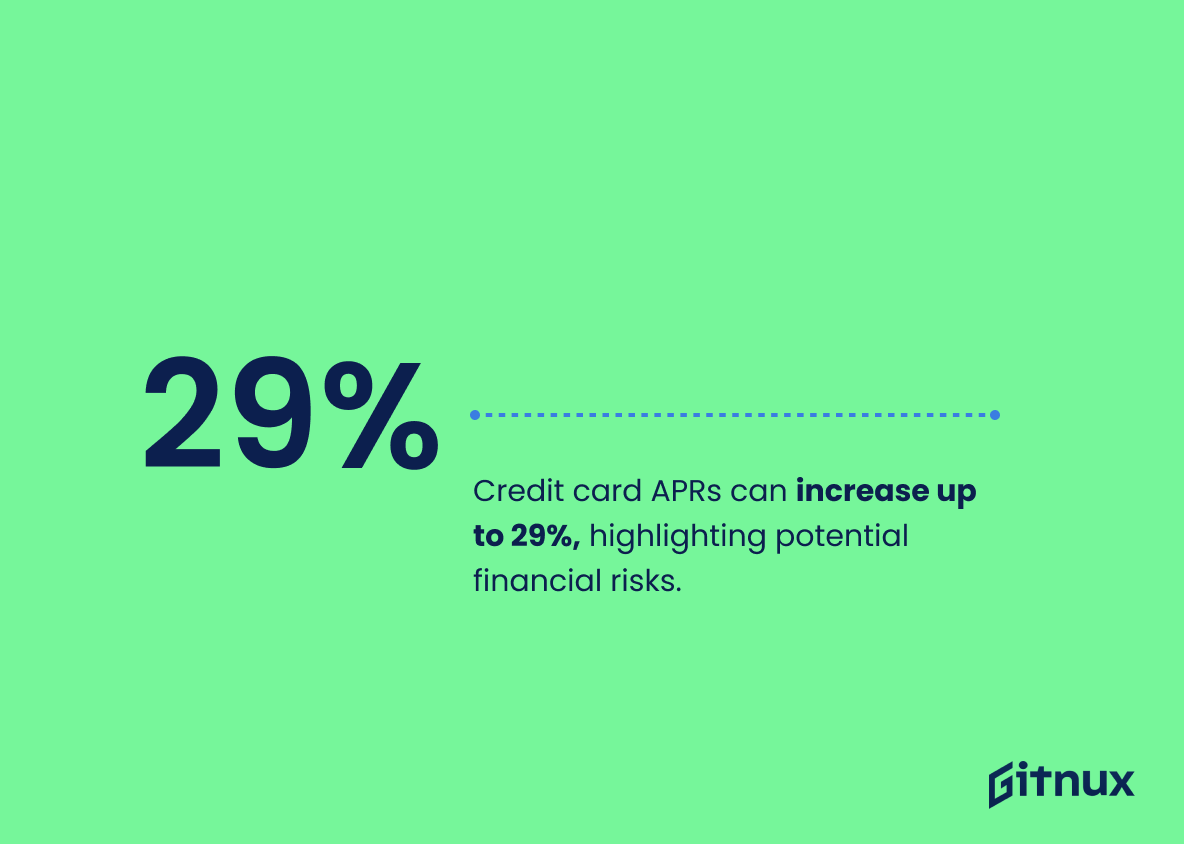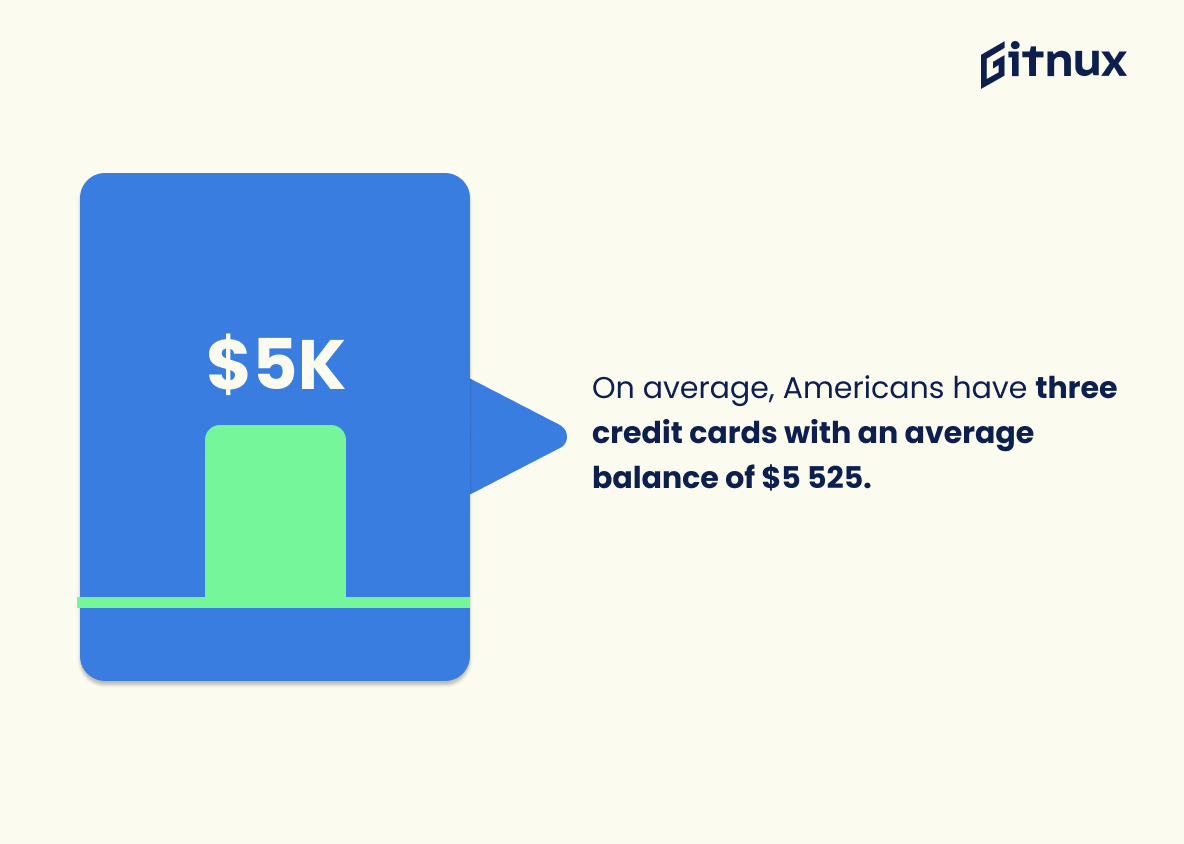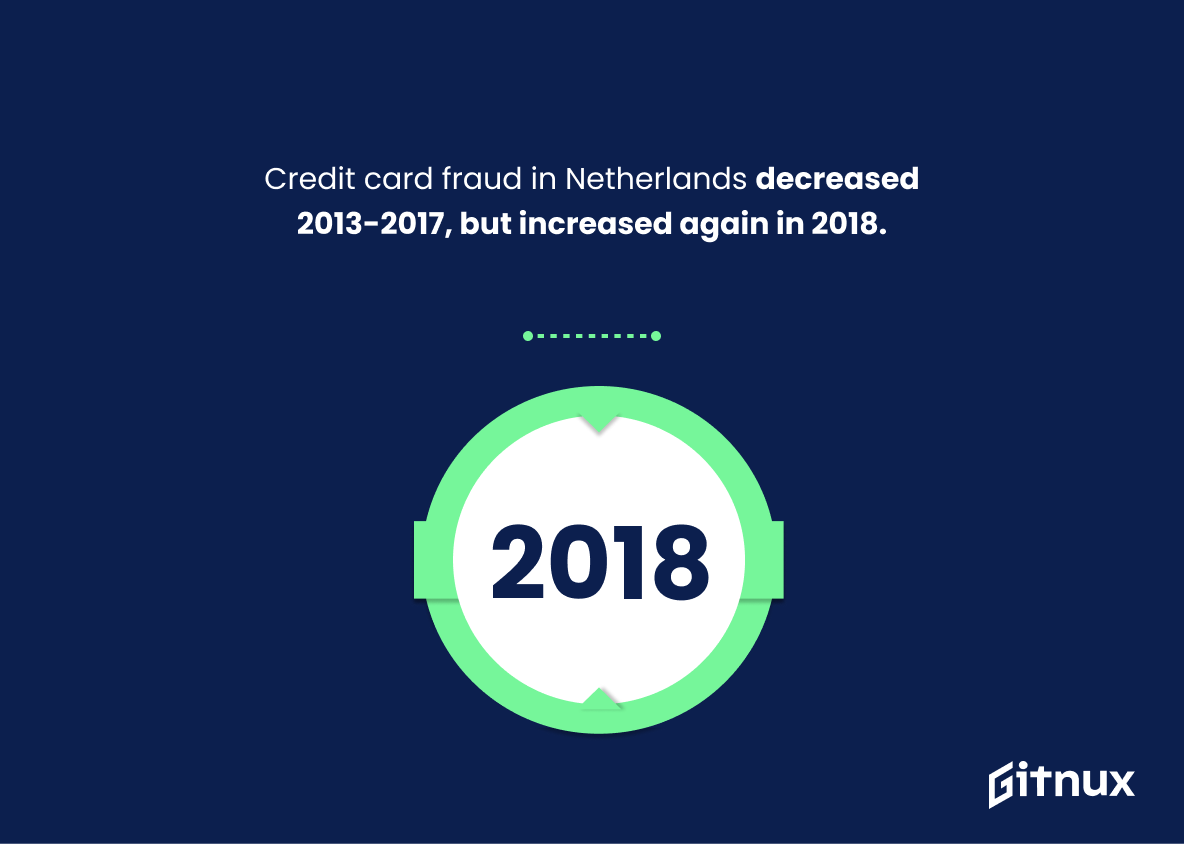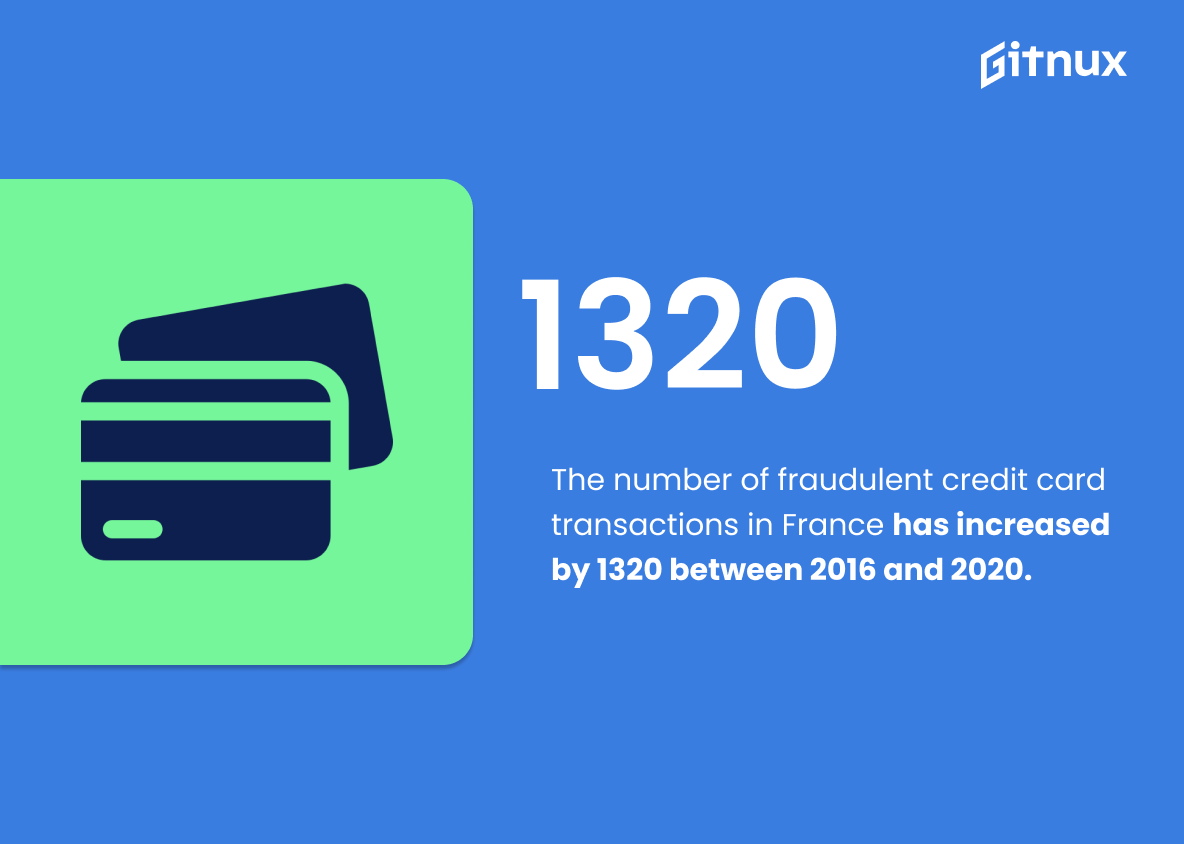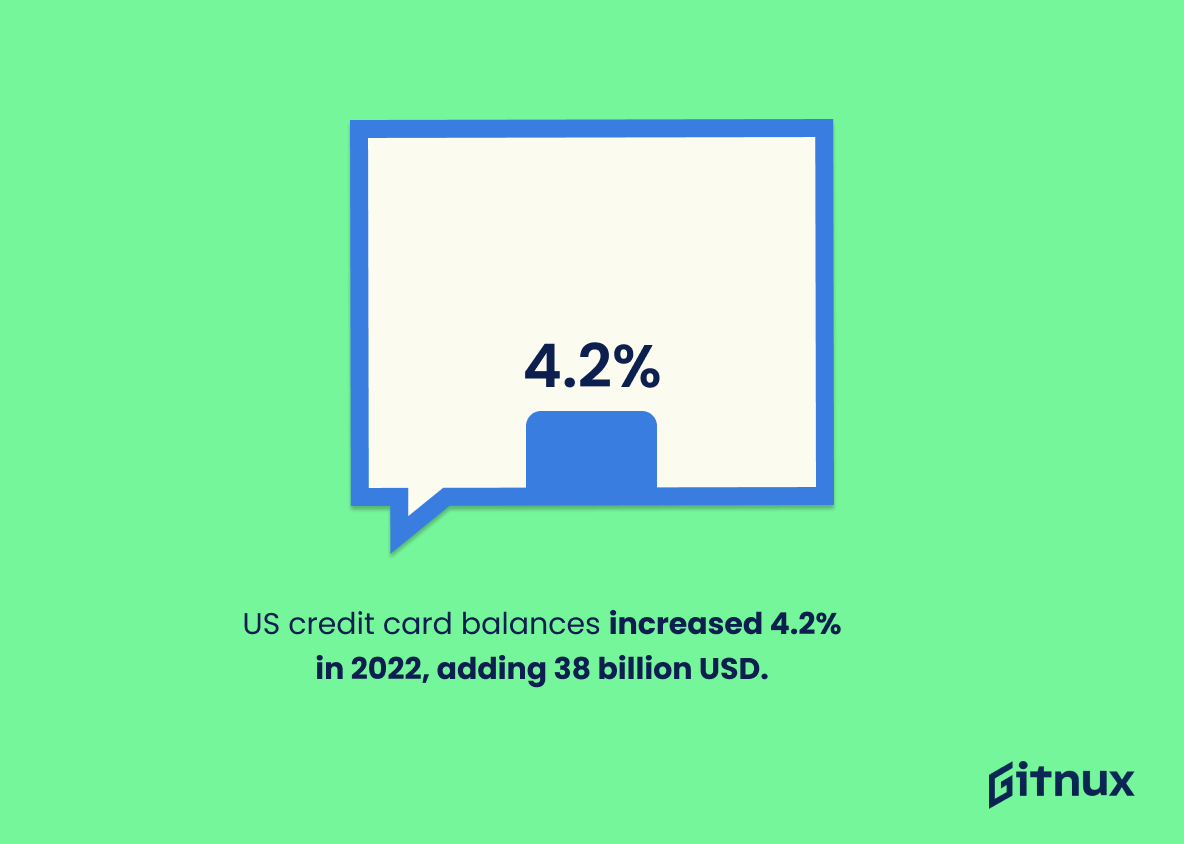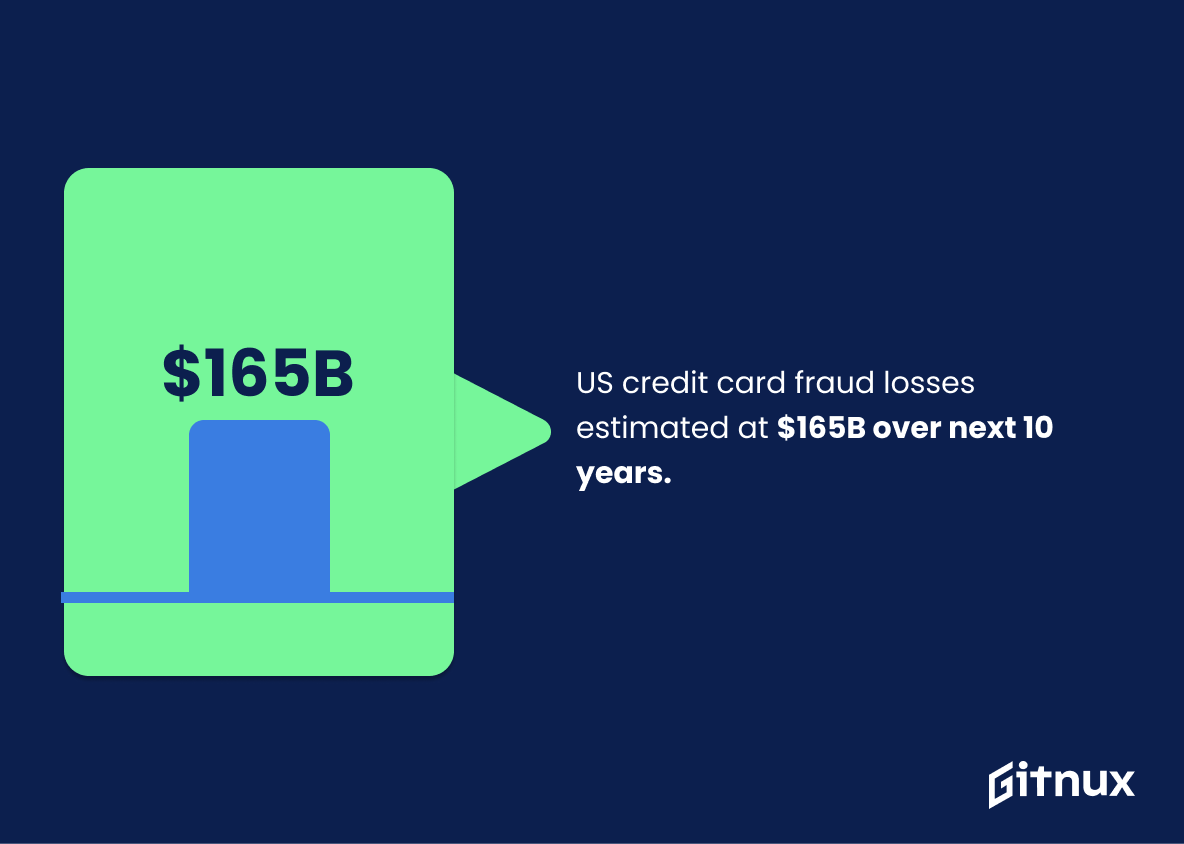Credit cards are an integral part of our lives, and understanding the latest trends in credit card usage can help us make more informed decisions when it comes to managing our finances.
In this article, we’ll take a look at the latest statistics on credit card usage and explore the implications of these numbers. We’ll also discuss how you can use these statistics to make better financial decisions. So, let’s dive in and explore the world of credit card statistics.
Credit Cards: Most Important Statistics
Credit card fraud in the Netherlands decreased from 7 million euros in 2013 to 2.8 million euros in 2017, but increased again to 3.4 million euros in 2018.
The average credit card debt in 2021 was above 6000 U.S dollars, and 2/3 of consumers in the U.S. are in debt, with mortgages and credit cards being the main source.
Credit Card: Statistics Overview
Credit cards can be expensive and risky due to high interest rates and potential damage to credit if payments are missed.
This provides an overview of the potential risks associated with owning a credit card, which can help inform people’s decisions about whether or not to use a credit card.
Credit cards offer rewards such as points and cash back on purchases, with the amount ranging from 1-10%.
This highlights the potential benefits of using a credit card. Credit cards can be used to earn rewards, which can be used to pay for flights, gift cards, and groceries.
Additionally, credit cards can provide an emergency allocation of funds, which can be helpful in times of financial difficulty.
Credit card APRs can increase up to 29% after a certain number of months. This statistic is important because it highlights the potential financial risks of using credit cards.
Credit cards can be a useful tool for managing finances, but they can also be dangerous if not used responsibly.
On average, Americans have three credit cards with an average balance of $5 525, which decreased slightly from the previous year.
This shows the amount of debt that Americans are carrying due to credit cards, and how this debt is increasing year-over-year.
This information can help inform policy decisions and consumer education initiatives to help reduce the amount of debt that Americans are carrying.
Credit card fraud in the Netherlands decreased from 7 million euros in 2013 to 2.8 million euros in 2017, but increased again to 3.4 million euros in 2018.
This shows that credit card fraud is still a problem in the Netherlands and that it is important to remain vigilant in order to prevent further damage.
It also shows that the amount of damage due to credit card fraud is increasing, which could be an indication of a larger problem.
The number of fraudulent credit card transactions in France has increased by 1320 between 2016 and 2020.
This highlights the need for increased security measures to protect customers and their financial information.
This is especially important in the digital age, where credit card fraud is becoming increasingly common. It is important to ensure that credit card companies are taking the necessary steps to protect their customers and their financial information.
In 2022, there was a 4.2% increase in US credit card balances, resulting in a 38 billion USD increase from the second quarter to the third quarter.
This shows the increasing prevalence of credit card debt in the US, with Alaska having the highest average credit card debt in 2021.
This increase in debt is an important indicator of consumer spending and economic activity.
The average credit card debt in 2021 was above 6000 U.S dollars, and 2/3 of consumers in the U.S. are in debt, with mortgages and credit cards being the main source.
This highlights the prevalence of credit card debt and how difficult it is to pay off due to its high interest rates.
It also shows the emergence of BNPL as an alternative to credit card debt, which allows customers to purchase goods and services in interest free instalments.
65% of credit and credit card holders had been victims of fraud in 2021, an increase from 58% in the prior year, with 150 million Americans affected.
This matters because it highlights the need for improved security measures to protect consumers from fraud.
It is estimated that U.S. losses from card fraud will total $165.1 billion over the next 10 years, with card-not-present fraud accounting for $5.72 billion in 2022 alone. The FTC reported nearly 390,000 reports of credit card fraud in 2021, making it the most common type of fraud in the U.S.
This highlights the prevalence of credit card fraud in the U.S. and the potential economic losses that could be incurred over the next decade. It also provides insight into the types of fraud that exist and the amount of fraud that is likely to be experienced in 2022.
This information can be used to inform strategies for preventing and mitigating credit card fraud.
Conclusion
In conclusion, credit cards are a powerful tool for managing finances, but they come with a lot of responsibility. Knowing the statistics behind credit cards can help you make informed decisions about how to use them.
It’s important to understand the risks associated with credit cards and to use them responsibly. With the right knowledge and discipline, you can make the most of your credit cards and reap the rewards.
References
1 – https://www.finder.com/credit-cards-top-benefits-and-disadvantages
2 – https://www.savings.com.au/credit-cards/pros-and-cons-of-credit-cards#Benefits
3 – https://www.investopedia.com/articles/younginvestors/08/purchase-financing.asp
4 – https://www.thebalancemoney.com/pros-and-cons-of-credit-cards-960222
5 – https://www.statista.com/statistics/587031/total-damage-due-to-credit-card-fraud-in-the-netherlands/
6 – https://www.statista.com/statistics/765509/falsified-credit-card-france/
7 – https://www.statista.com/topics/1118/credit-cards-in-the-united-states/#topicOverview
8 – https://www.statista.com/topics/1203/personal-debt/#topicOverview
9 – https://www.security.org/digital-safety/credit-card-fraud-report/#:~:text=According%20to%20our%20research%2C%2065,had%20been%20victims%20of%20fraud.
10 – https://www.bankrate.com/finance/credit-cards/credit-card-fraud-statistics/
